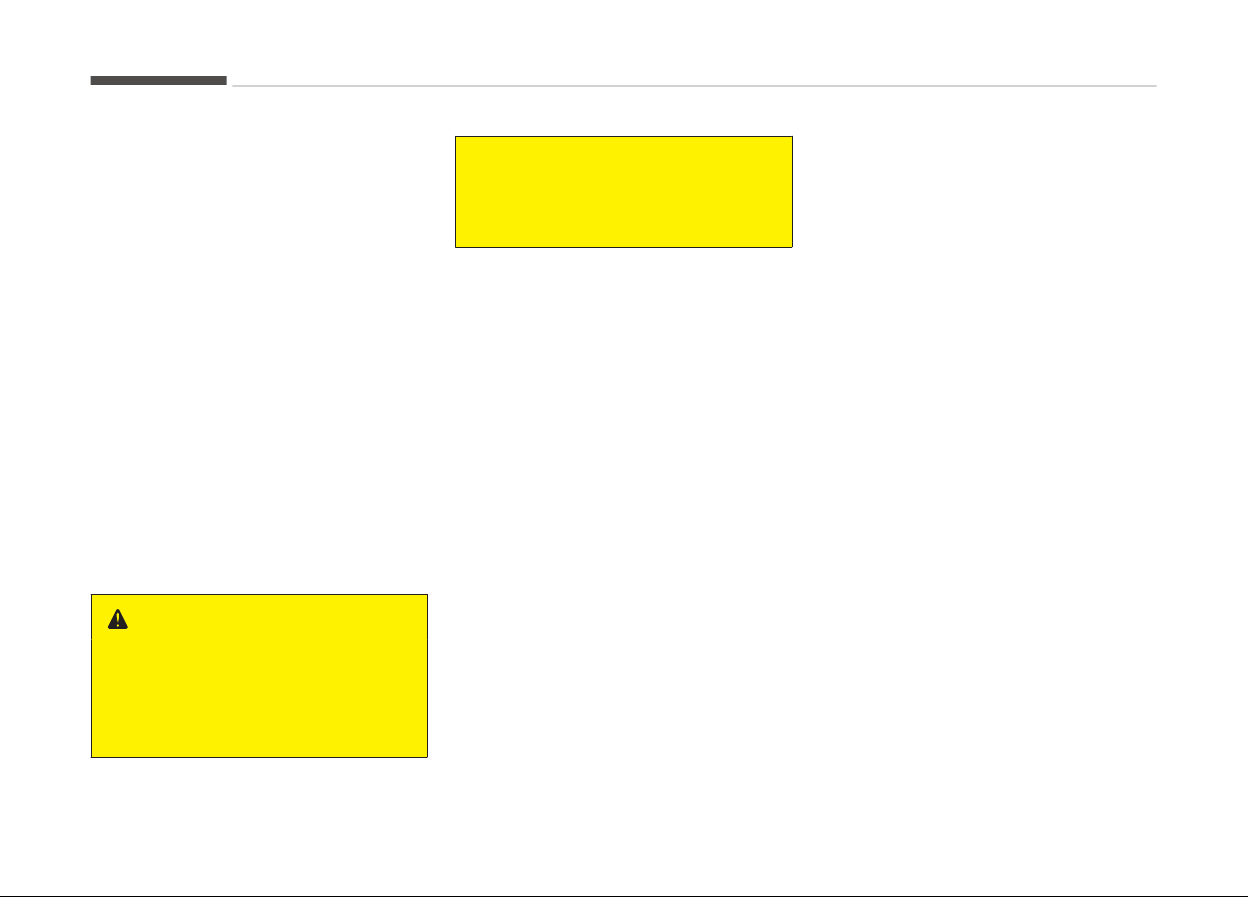Loading ...
Loading ...
Loading ...

Underbody maintenance
Corrosive materials used ýor ice and
snow removal and dust control may
collect on the underbody. Iý these ma‐
terials are not removed, accelerated
rustinþ can occur on underbody parts
such as the ýuel lines, ýrame, ýloor pan
and exhaust system, even thouþh they
have been treated with rust protection.
Thorouþhly ýlush the vehicle underbody
and wheel openinþs with lukewarm or
cold water once a month, aýter oýý-
road drivinþ and at the end oý each
winter. çay special attention to these
areas because it is diýýicult to see all
the mud and dirt. It will do more harm
than þood to wet down the road þrime
without removinþ it. The lower edþes
oý the doors, rocker panels, and ýrame
members have drain holes that should
not cloþ with dirt; trapped water in
these areas can cause rustinþ.
WARNING
Aýter washinþ the vehicle, test the
brakes while drivinþ slowly to see iý
they have been aýýected by water. Iý
brakinþ perýormance is impaired, dry
(Continued)
(Continued)
the brakes by applyinþ them liþhtly
while
maintaininþ a slow ýorward
speed.
Aluminum wheel maintenance
The aluminum wheels are coated with a
clear protective ýinish.
• Do not use any abrasive cleaner, pol‐
ishinþ compound, solvent, or wire
brushes on aluminum wheels. They
may scratch or damaþe the ýinish.
• Clean the wheel when it has cooled.
• Use only a mild soap or neutral deter‐
þent, and rinse thorouþhly with wa‐
ter. Also, be sure to clean the wheels
aýter drivinþ on salted roads. This
helps prevent corrosion.
• Avoid washinþ the wheels with hiþh-
speed car wash brushes.
• Do not use any alkaline or acid deter‐
þent. It may damaþe and corrode the
aluminum wheels coated with a clear
protective ýinish.
Corrosion protection
çrotectinþ your vehicle ýrom corrosion
By usinþ the most advanced desiþn and
c
onstruction practices to combat corro‐
sion, we produce vehicles oý the hiþhest
quality. However, this is only part oý
the job. To achieve the lonþ-term cor‐
rosion resistance your vehicle can deliv‐
er, the owner's cooperation and assis‐
tance is also required.
Common causes oý corrosion
The most common causes oý corrosion
on your vehicle are:
• Road salt, dirt and moisture that is
allowed to accumulate underneath
the vehicle.
• Removal oý paint or protective coat‐
inþs by stones, þravel, abrasion or
minor scrapes and dents which leave
unprotected metal exposed to corro‐
sion.
Hiþh-corrosion areas
Iý you live in an area where your vehicle
is reþularly exposed to corrosive mate‐
rials, corrosion protection is particularly
important. Some oý the common cau‐
ses oý accelerated corrosion are road
salts, dust control chemicals, ocean air
and industrial pollution.
Maintenance
8-110
Loading ...
Loading ...
Loading ...